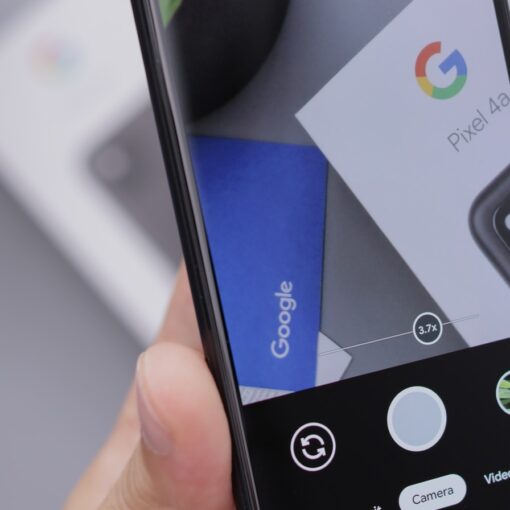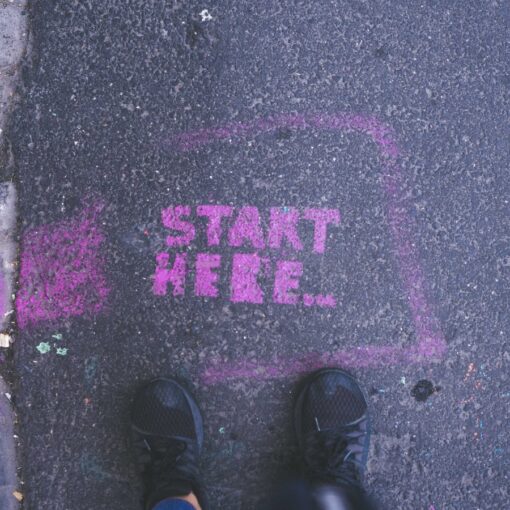
In the fast-paced world of digital marketing, pay-per-click (PPC) advertising can feel like a high-stakes game of poker—one where the right bet could lead to big wins. If you've ever wondered why some brands seem to dominate search results while others fade into obscurity, the secret often lies in their PPC strategy. Creating at least one ad isn’t just an option; it’s a strategic move that can elevate your online presence and drive targeted traffic straight to your doorstep.
But let’s face it: diving into PPC can be intimidating for newcomers. With jargon flying around like confetti at a New Year’s party, it’s easy to feel overwhelmed. Fear not! This guide will break down the essentials of PPC advertising, making it accessible and actionable so you can confidently step into this lucrative arena.
There are many reasons why you should create at least one Pay Per Click advertisement, but here are the most important ones. It has been shown that Pay Per Click (PPC) is one of the most effective advertising formats for generating leads. It has also demonstrated the highest conversion rates. PPC campaigns can be easily managed through Google Ads or Bing Ads; which minimizes the time it takes to optimize your campaigns for success.
Paying for the promotion of a product or service is an effective way to advertise and create awareness. Pay-per-click advertising is a form of cost-per-click advertising, which charges the advertiser only when an ad is clicked. The great thing about pay-per-click ads is that this type of marketing does not require many resources and does not require a company to invest in inventory or rent retail space.
Internet marketing is a popular strategy that many businesses use to drive web traffic. There's one type of online marketing in particular, pay per click advertising, or PPC, which can be very helpful when executed properly. With the right set of keywords, you can increase your return on investment by making sure ads are relevant to what people are searching for when they head to the search engines. Below are some tips on how to create at least one PPC ad for your business.
Most SEOs recommend advanced tools and techniques to study and assess your website's keywords, but if you're like me, you don't have the time to put in the effort to do so. You also don't want to wait many weeks or months to see whether the keywords you choose are bringing in any new business.
To find out how well your keywords will do, the simplest and most straightforward method is to run a short Google Pay-Per-Click (PPC) campaign. It is possible to login into your Google account if you already have one by going to the Google web site and entering your username and password. In any other case, you may instantly create a new Google account.
Navigate to the Campaigns tab and choose Create new campaign after logging in. Enter a campaign name and leave the default location as it is for the campaign (unless you run a localized business, and it makes sense to display the ads only in your city).
Alternatively, you may keep all the other parameters at their default amounts and only enter an amount that you are willing to pay on a daily basis. You'd want it to be between $5 and $10 US dollars. You are only paid when someone clicks on the ad and goes to your website, however certain keywords might cost many dollars each time they are clicked. If you set your daily budget too low, you may find that some keywords are no longer eligible for inclusion.
Make sure you enter an End Date for your campaign in the Advanced Settings box, or otherwise it will continue to run endlessly and rack up some costly costs if you neglect to check on it. I recommend that you leave your ad running for at least a week in order to have a solid understanding of which keywords are working the best for you.
In the next phase, you will specify how the real advertising will be shown. In order to make a text advertisement, you'll need four short lines to deal with, as seen below. The first line of text is the title, which should be something catchy that entices the reader to click on your advertisement. Make use of a phrase or a set of words from your real keyword list. The following two lines inform the reader on what they may anticipate when they click on your advertisement, and the last line contains the URL to your website.
In the Ad group, you may define the keywords that you wish to utilize on your website to attract more visitors. Each keyword should be on a separate line. You'll also need to select a maximum cost per click (CPC) for Search in your campaign settings. However, the CPC should be less than your entire daily budget while yet being high enough to ensure that all of your keywords are still qualified. As a starting point, allocate half of your daily budget to this expense. If the majority of the keywords you picked are not qualified, you may need to adjust this amount (you will find this out after running your campaign).
It will take a day or two after your campaign has been started for it to begin producing data for you. In the Campaign Performance area of your Google Ads interface, your Dashboard will give a fast summary of how your campaign is doing each time you check in. The results of your campaign will be shown here, and you may adjust them as needed as the campaign proceeds.
A high click-through rate (CTR) is what you want since it measures the number of times your ad is clicked divided by the number of times it is shown, which is known as the impression, and it is what you want. The Keyword Performance part of your campaign will be of interest to you after the conclusion of your campaign. This informs you which of your keywords performed the best or had the most amount of hits on a certain day.
You may make the assumption that individuals who click on your advertisement are the ones who are most likely to purchase your goods or service. The keywords with the greatest click-through-rate (CTR) are the ones you should utilize. Remove any keywords that did not get any clicks and try running a second advertising cycle to test some different keywords. Continue to do this until you are confident in the keyword list you have created for yourself.
In conclusion, the benefits of creating at least one Pay Per Click advertisement are innumerable. Pay per click ads will never show up on your search engine's pages or in social media feeds, which means that you do not have to worry about irrelevant ads showing up when people are trying to find out more about your business. It is also very easy to track the success of your campaign because there is a detailed report system in place.
Every great journey begins with a single step—or in this case, a single ad. The beauty of PPC is its flexibility; you can start small and scale up as you learn what works best for your audience. Each click provides valuable data that helps refine your approach and maximize your return on investment.
So don’t let hesitation hold you back! Embrace the challenge of creating your first PPC advertisement and watch as it transforms not only your visibility but also your understanding of customer behavior. With each campaign, you'll gain insights that empower future decisions, paving the way for even greater success in the dynamic landscape of digital marketing.
External Resources
The Ultimate Guide to Pay-Per-Click Advertising
https://www.wordstream.com/ppc
How to Create Your First Google Ads Campaign
https://support.google.com/google-ads/answer/6320?hl=en





